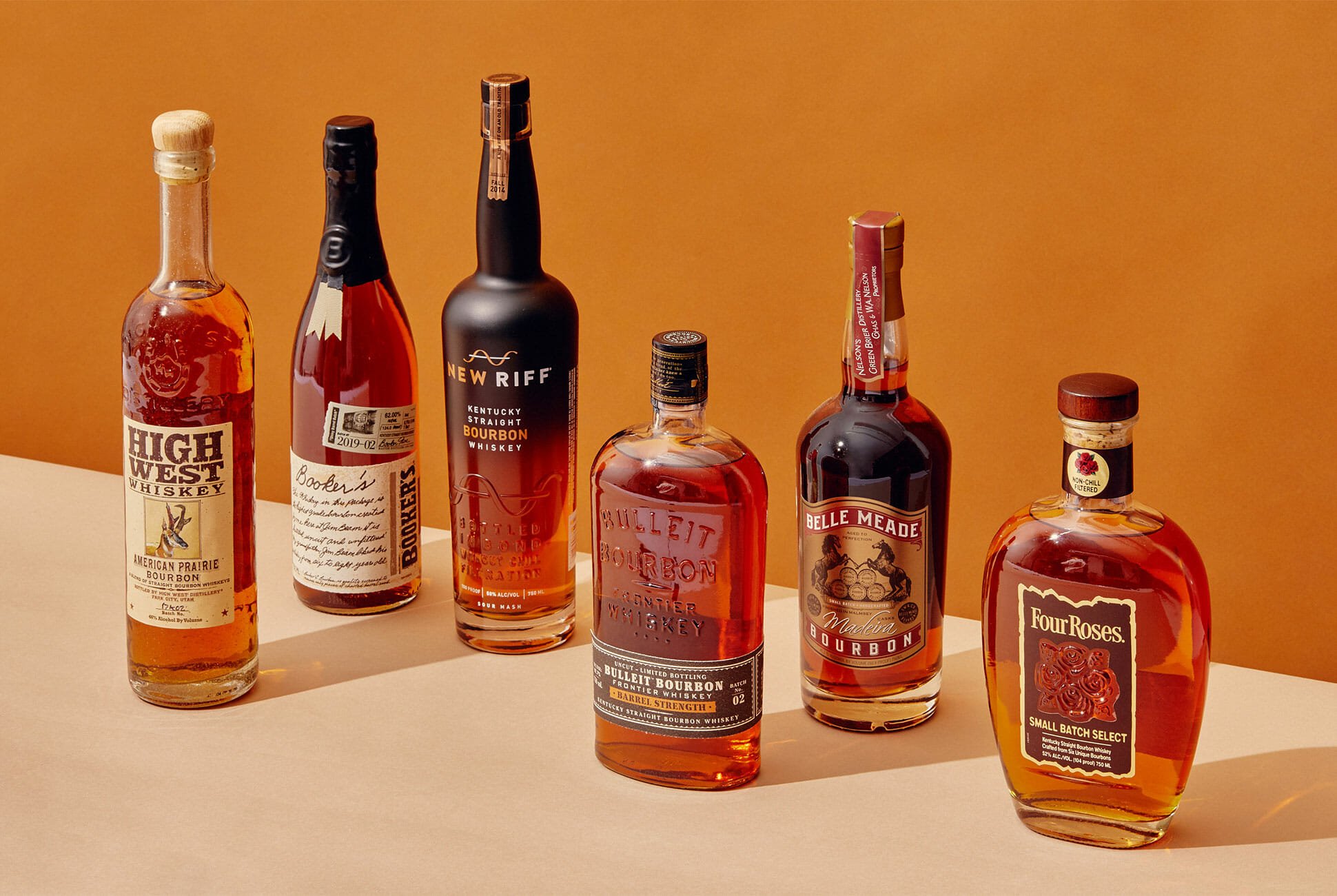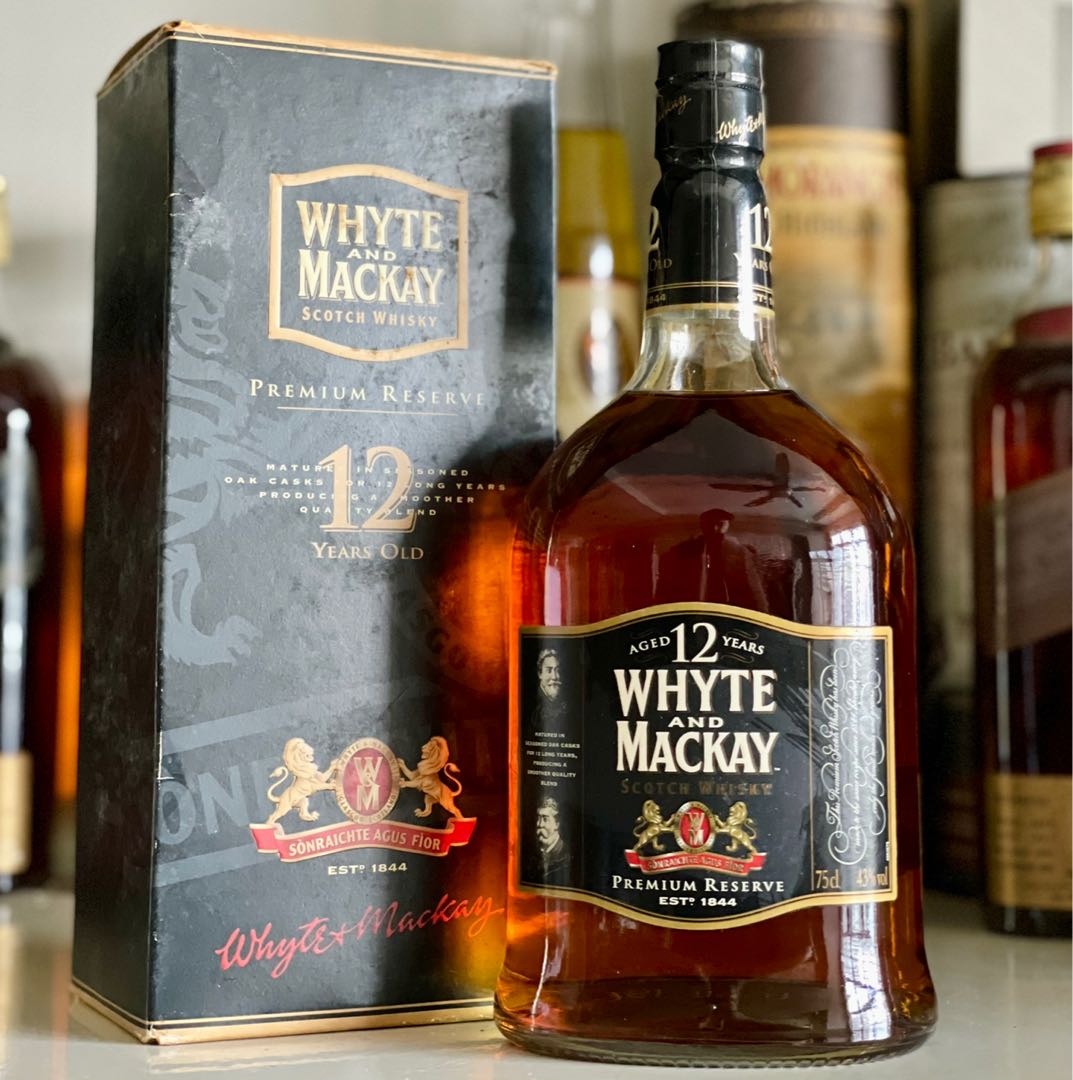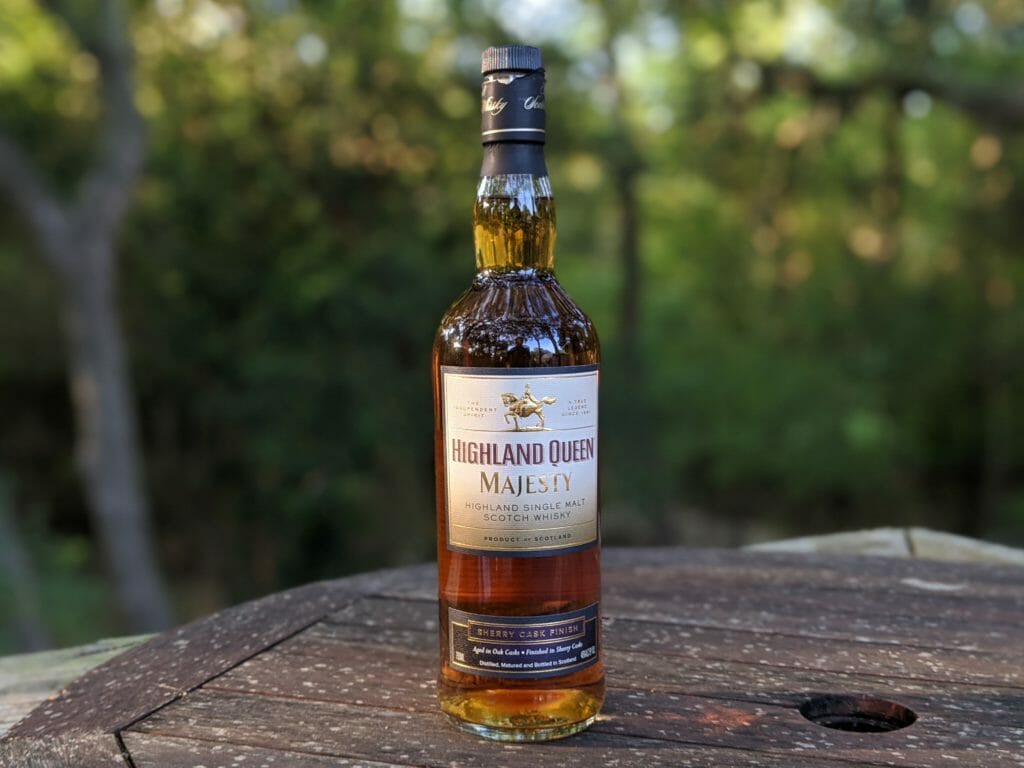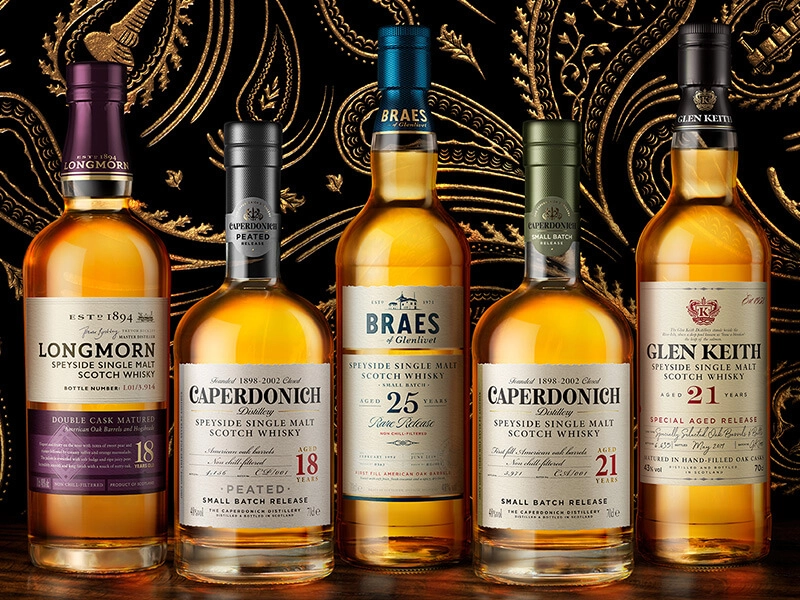The particular origin of a whisky and the traditions of the distillery hold clues to its character.

A Scotch whisky’s character reveals as much the particular place it hails from as the skills of the masters who oversee their distillation. It is the peculiar accent that is informed by the climate and the quality of water, among others, further shaped by the master’s decision to use a certain type of cask over another or to prolong a specific step in the painstaking process. Each region produces a whisky with its distinct character which in turn attracts a loyal and dedicated following.
As the owner of Whyte & Mackay, Filipino spirits company Emperador Inc is effectively the world’s fifth largest whisky manufacturer by volume, giving it access to a range of fine Scotch whiskies through distilleries located in the leading whisky producing regions of Scotland: the Highlands, Speyside and Islay. (It is also the largest brandy company in the world, thanks to its ownership of Fundador, the oldest and largest maker of brandy and sherry in Spain.)

Emperador Inc’s labels include The Dalmore from Alness, 20 miles north of Inverness, Fettercairn from the Scottish Highland, Tamnavulin from Speyside, and Jura from the western coast.
In terms of diversity of offerings, Emperador Inc occupies a position of prime importance. These whiskies from the Dalmore, Fettercairn, Tamnavulin, and Jura distilleries possess remarkable, distinct characters. Although they are distilled in American White Oak ex-bourbon barrels in their initial maturing process, the intervening procedures and finessing give them their individual and unique traits.

Fettercairn traces its beginnings in 1824 when Sir Alexander Ramsay converted a corn mill on the Fasque Estate into a distillery. Five years later, with the prospects improving, Sir John Gladstone took over Fettercairn. Located in the northeastern part of Scotland, at the foot of Cairngorm Mountain Range, Fettercairn sits on the Scottish Highland – one of the leading areas known for whisky production.
For the better part of the 19th century, Fettercairn’s stature as a maker of fine Scotch whisky would solidify. In fact, Queen Victoria and Prince Albert made a stop at the distillery whilst travelling around the area in 1861.

By 1953, Fettercairn was well-established, and its renown would be bolstered further by a new method of distilling purer whisky which its whisky makers discovered and mastered: By pouring water down the stills, they were able to increase the condensation that allowed the lightest vapours to rise.
They then applied this to the distilling process by installing a copper cooling ring which they filled with mountain water to drench the stills continuously and thus obtain the purest possible spirit. This gives Fettercairn its unique character.
Fettercairn is aged in American White Oak ex-bourbon barrels which helps develop its tropical fruit house style that bears hints of vanilla and orange. The Fettercairn comes in nine age range, from Fettercairn 12 Years Old to Fettercairn 50 Years Old.

Fettercairn 50 Years Old has a nose marked with spiced ginger notes complemented by citrus, apple and tropical fruits, as well as hints of coconut and pineapple. The taste is reminiscent of spiced citrus, ground coffee and toffee apple with a finish of port wine, sweet almond, burnt caramel and soft liquorice.
Located in the heart of Speyside, the most celebrated whisky-producing region in Scotland, Tamnavulin produces an exceptional single malt whisky with true Speyside character: rich, smooth and mellow. The distillery was first set in operation from 1966 to 1995, and reopened in 2007 following a major refurbishment.
Speyside whisky has traits that derive from the region’s temperate microclimate and rich soil which support both the barley crop and the mature whisky.

Tamnavulin undergoes a double distillation in copper pot stills which give it a fruity, floral and light spirit. It is matured initially in American white oak ex-bourbon cask for that rich and smooth house style before being transferred into casks that have held a variety of wines – from oloroso sherry to Spanish reds – which lend it layers of complexity and balance.
The Tamnavulin range consists of the Double Cask, Sherry Cask, and Tempranillo Cask editions. The Tempranillo Cask Edition is first matured in an American White Oak. It is then transferred in an American White Oak cask which has previously held Bourbon and gives it hints of apples, honey, and pineapple. The liquid is then brought back together in an American White Oak to harmonise before being finessed in Tempranillo casks where it obtains suggestions of fig and chocolate ganche.

Jura’s dramatic history matches the rugged, rough and elemental environment from which it rose in 1810 – an island of the same name off the west coast of Scotland – fell on hard times in 1901, and was finally resurrected in 1963, where to this day, it plays an important role providing jobs, supporting tourism, and hosting over 8,000 visitors at the distillery each year.
Despite its small size, the distillery produces a remarkable 2.4 million litres of whisky annually that is also acknowledged as the fourth fastest growing brand in the top 15 global malts. The isolation shields the distillery from distractions, and provides the whiskey makers an ideal place to concentrate on the task at hand.
The Jura Single Malt Whisky is crafted in the same unusual and exceptionally tall stills – two of which date back to 1963 and another two to 1979. The said stills give it a fresh lemon and grassy new make spirit, which is then matured in American White Oak barrels that previously held bourbon.

Traditionally, the Jura whisky spirit was made in a heavily peated style similar to the Islay variety; however, this evolved in character with the introduction of an unpeated style of whisky in the early 1960s. Today, the Jura whisky marries the Highland and Island styles, its light style spirit produced by the stills more akin to Highland whiskies.
Introduced globally in 2018, the new Jura Signature Style has a subtle smoke at its heart, complemented by vanilla sweetness derived from maturation in American White Oak ex-bourbon barrels.
The Jura Signature Series is made of five distinct whiskies, including Jura Journey, Jura 10 Year Old, Jura 12 Year Old, Jura Seven Wood, and Jura 18 Year Old. The rosewood-hued Jura 18 Year Old possesses the aroma of toffee the taste of black forest fruits, and the finish of bitter chocolate.